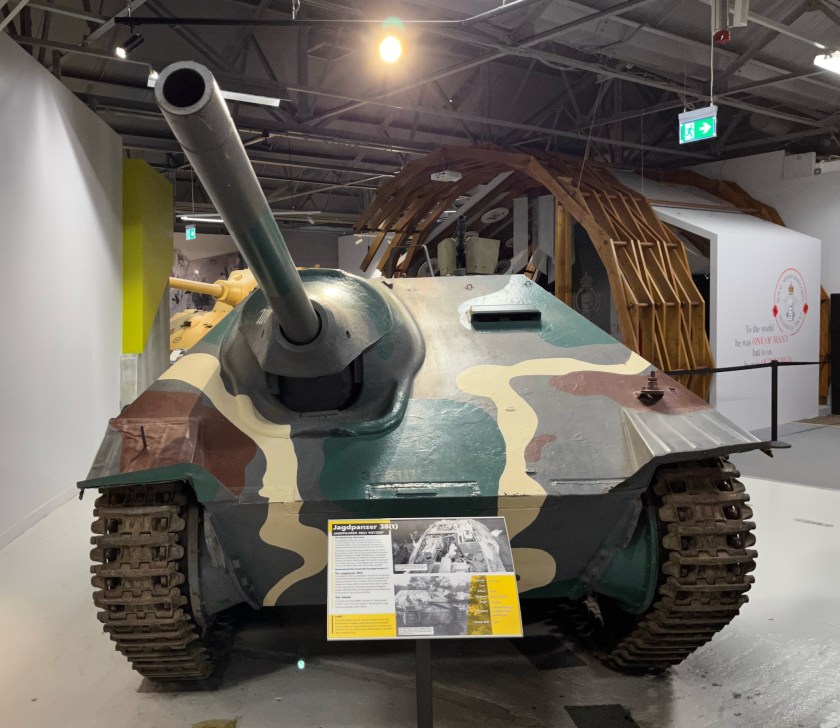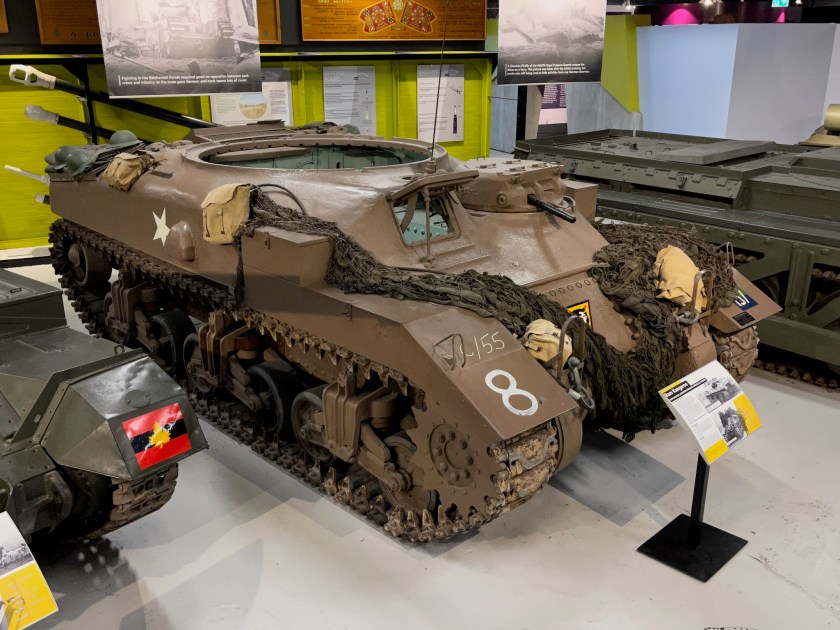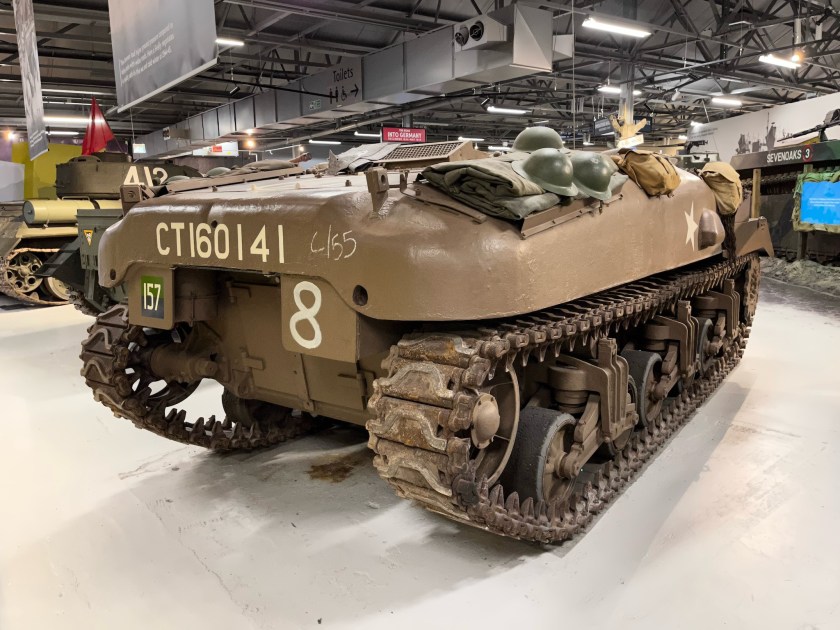This Dark Angels Death Wing Land Raider Crusader was in the displays at Warhammer World.
The Land Raider Crusader is a variant of the standard Land Raider Phobos used by the Space Marines and the Inquisition. The Land Raider Crusader is rearmed to provide short-ranged, anti-infantry assault support for Astartes offensives. The Land Raider Crusader is intended to be an assault-based variant of the Land Raider that is a linebreaker without peer. The Crusader can smash through enemy formations, shrugging off small arms fire in order to disgorge a squad of Space Marines into the heart of the foe. In place of Lascannons, the Crusader is armed with Hurricane Bolters that cut down the first line of defenders before an assault is launched. A hull-mounted twin Assault Cannon adds to its formidable anti-infantry firepower, its Frag Assault Launchers suppressing the foe while the tank closes in. The Crusader also boasts an improved transport capacity by reclaiming the space normally given over to the Land Raider Phobos’ bulky las-power generators.





















